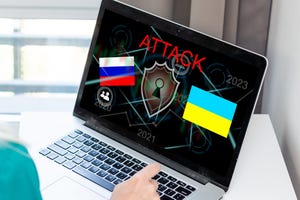News
White computer keyboard with "zero-day exploit" spelled outon keys and gloved fingers typing
Endpoint Security
Cisco Zero-Days Anchor 'ArcaneDoor' Cyber Espionage CampaignCisco Zero-Days Anchor 'ArcaneDoor' Cyber Espionage Campaign
Attacks by a previously unknown threat actor leveraged two bugs in firewall devices to install custom backdoors on several government networks globally.
Keep up with the latest cybersecurity threats, newly discovered vulnerabilities, data breach information, and emerging trends. Delivered daily or weekly right to your email inbox.









.jpg?width=100&auto=webp&quality=80&disable=upscale)

































